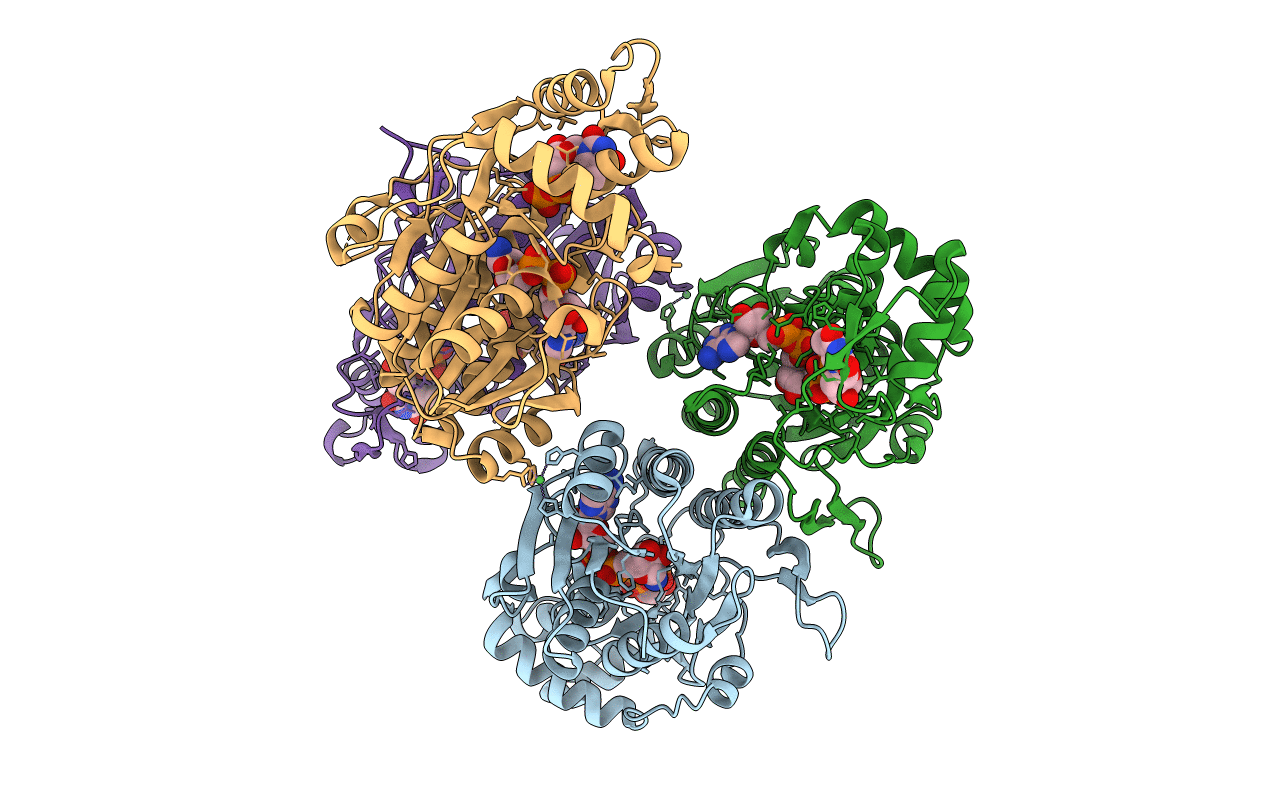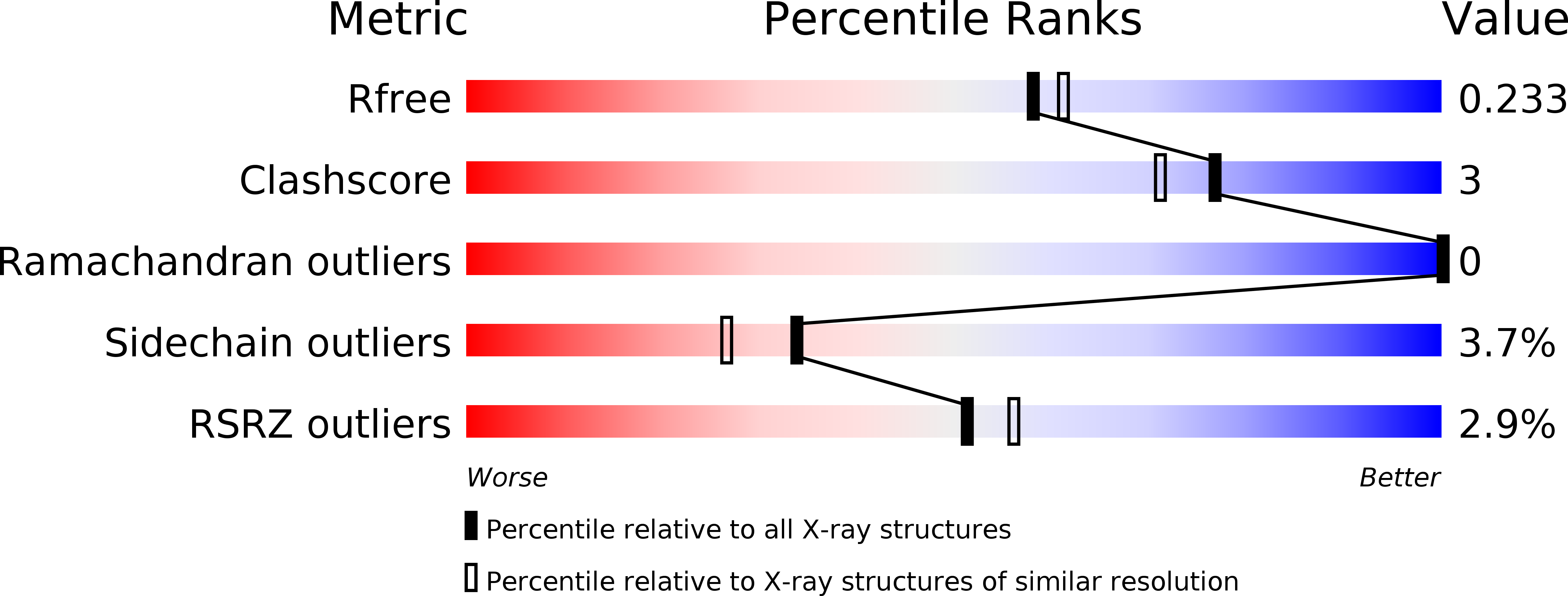
Deposition Date
2020-01-24
Release Date
2020-03-04
Last Version Date
2023-10-11
Entry Detail
PDB ID:
6VLO
Keywords:
Title:
X-ray Structure of the R141 Sugar 4,6-dehydratase from Acanthamoeba polyphaga Minivirus
Biological Source:
Source Organism:
Acanthamoeba polyphaga mimivirus (Taxon ID: 212035)
Host Organism:
Method Details:
Experimental Method:
Resolution:
2.05 Å
R-Value Free:
0.22
R-Value Work:
0.18
R-Value Observed:
0.18
Space Group:
P 21 21 21


